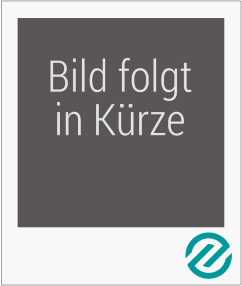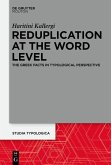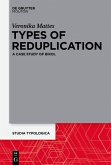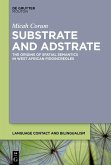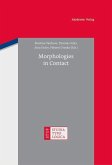Irregularity is a philological concept which is not adequately defined. The present volume aims to improve the understanding of irregularity within the domain of morphology, relating to inflectional, derivation, and compounding. Studies aim to discover the potential regularity behind irregularities, the fact or hypothesis that regular (sound) change produces irregularity (Sturtevant's Paradox), the nature of paradigms (esp. suppletion and overabundance), and the interplay of irregular morphology with syntax and pragmatics. Perspectives are synchronic and diachronic. A few studies approach irregularity from the psycholinguistic point of view (issues of memory and acquisition). Languages studied include Latin and its daughter languages French, Catalan and Italian, but also English, German, Greek, Russian, Turkish, Thompson Salish, and the Iroquoian languages. Theories discussed include Canonical Typology, Distributed Morphology, Whole Word Morphology, Minimalism, and the Procedural/Declarative Model.
Dieser Download kann aus rechtlichen Gründen nur mit Rechnungsadresse in A, B, BG, CY, CZ, D, DK, EW, E, FIN, F, GR, HR, H, IRL, I, LT, L, LR, M, NL, PL, P, R, S, SLO, SK ausgeliefert werden.

